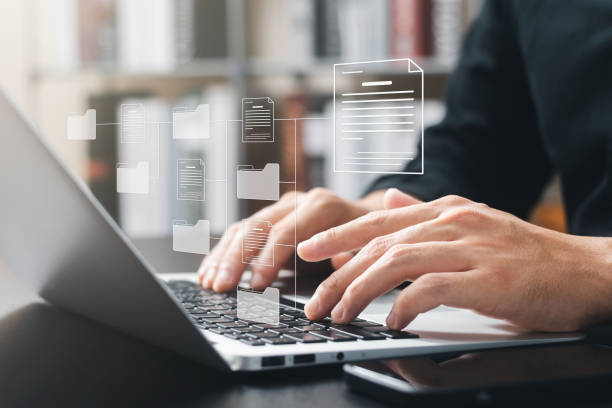What is Internal SEO and Why Does it Matter?
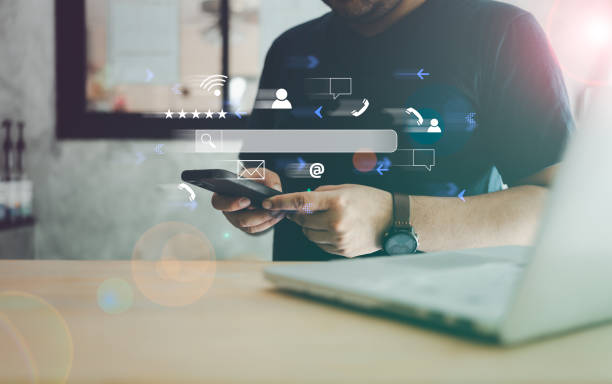
What is Internal SEO and Why Does it Matter?
Internal SEO, or On-Page SEO, refers to the set of actions you take within your website to improve your site’s ranking in search engines like Google.
These actions include optimizing content, site structure, title tags, meta descriptions, and many other things.
The importance of internal SEO is that it helps search engines better understand your site’s content and shows it to users looking for relevant information.
In fact, internal SEO is the most basic and important part of the overall SEO strategy.
A site with strong internal SEO has a better chance of getting high rankings in search results and attracting organic traffic. By doing internal SEO, you create a site optimized for Google and your audience.
Wikipedia can be a good source for learning more about SEO.
Are you tired of losing business opportunities due to not having a professional corporate website?
Rasawob helps you build a professional corporate website to:
✅ Create a powerful and reliable image of your brand
✅ Turn website visitors into loyal customers
⚡ Get a free consultation right now!
Keyword Research – The First Step in Internal SEO

Keyword Research – The First Step in Internal SEO
Keyword research is the cornerstone of any successful internal SEO strategy.
Before you even think about writing a line of content, you need to know exactly what words your target audience is typing into search engines.
Various tools such as Ahrefs, Semrush, and Ubersuggest help you find keywords related to your business, check their search volume, and identify your competitors for those keywords.
After identifying keywords, divide them into different categories and create a page or post on your website for each category.
Remember that your main goal is to provide valuable content that is relevant to users’ needs, not just fill pages with keywords. Proper use of keywords is very important in internal SEO.
Optimizing Page Titles (Title Tag)

Optimizing Page Titles (Title Tag)
The page title (Title Tag) is one of the most important elements of internal SEO.
This title is displayed in search results and plays a very important role in attracting users.
The page title should be concise, attractive, and relevant to the content of the page.
It should also include the main keyword of the page.
It is best for the page title to be less than 60 characters so that it is fully displayed in search results.
Take page titles seriously as they have a big impact on internal SEO.
| Element | Description |
|---|---|
| Title Length | Maximum 60 characters |
| Includes Keyword | Yes, the main keyword of the page |
| Attractiveness | Should be attractive and persuasive |
| Relevant to Content | Must be fully relevant to the page content |
Don’t Forget Meta Descriptions

Don’t Forget Meta Descriptions
The meta description is a short summary of the page content that appears under the page title in search results.
Although meta descriptions do not directly affect SEO ranking, they play an important role in attracting users and increasing click-through rate (CTR).
The meta description should be attractive, relevant, and include the main keyword of the page.
It is best for the meta description to be less than 160 characters so that it is fully displayed in search results.
With a good meta description, you can encourage users to click on your link. Optimizing meta descriptions can have a significant impact on your site’s internal SEO.
Is your online sales not what you expect? With Rasawob, solve the problem of low sales and poor user experience forever!
✅ Increase visitor-to-customer conversion rates
✅ Create an enjoyable user experience and increase customer trust
⚡ Take action now to receive a free consultation!
The Importance of Using Heading Tags
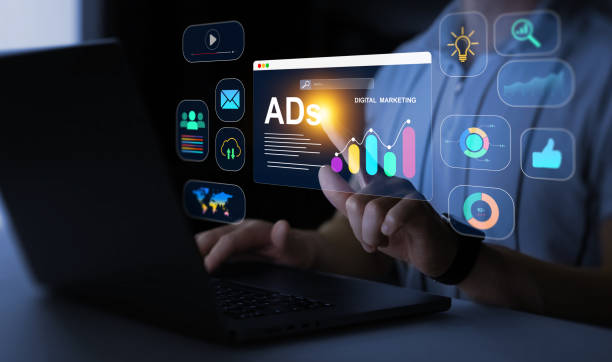
The Importance of Using Heading Tags
Heading tags (H1, H2, H3, …) are used to structure content and indicate the importance of different sections of the page.
The H1 tag is the most important heading tag and should only be used once per page.
The H1 tag should include the main keyword of the page and show the main title of the page.
H2 to H6 tags are used to divide content and indicate subheadings.
Proper use of heading tags helps search engines better understand the structure and topic of the page.
Proper content structuring helps internal SEO and improves the user experience.
Correct use of heading tags plays an important role in internal SEO.
Optimizing Images for Internal SEO
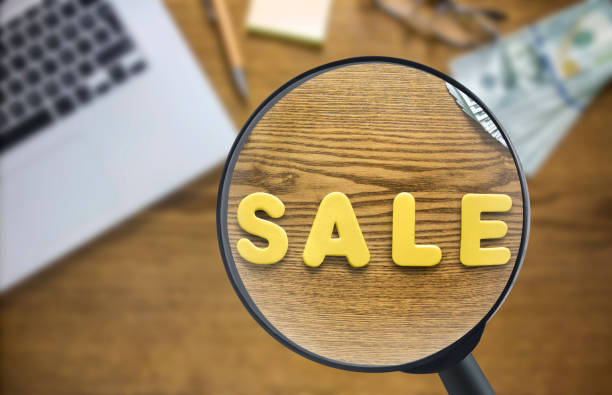
Optimizing Images for Internal SEO
Images play an important role in the visual appeal and user experience of the website.
But unoptimized images can slow down page loading speed and negatively affect site SEO.
To optimize images, use appropriate formats (such as JPEG for photos and PNG for graphics), reduce image size, and use the ALT attribute to describe images.
Alternative text (ALT) helps search engines understand the content of images and display them in search results.
Image optimization is one of the important aspects of internal SEO.
Using high-quality and optimized images is very important for internal SEO.
The Importance of Internal Linking in Internal SEO
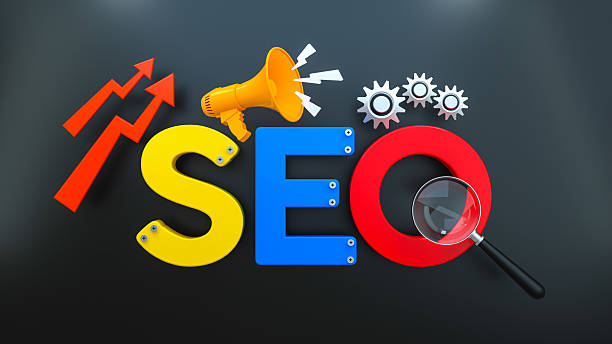
The Importance of Internal Linking in Internal SEO
Internal linking means creating links between different pages of your own website.
Internal linking helps search engines better understand your site’s structure and identify more important pages.
Also, internal linking improves the user experience and increases the time users spend on the site.
When internal linking, use anchor text related to the content of the destination page.
A good internal linking strategy can help improve your site’s internal SEO. Internal linking is one of the most important techniques in internal SEO.
| Benefits | Description |
|---|---|
| Improve Site Structure | Helps search engines better understand the site structure |
| Increase User Time | Users stay longer on the site |
| Improve Ranking | Site ranking improves in search results |
| Improve User Experience | User experience improves |
The Importance of Page Loading Speed in Internal SEO

The Importance of Page Loading Speed in Internal SEO
Page loading speed is one of the important factors in SEO ranking.
Users expect web pages to load quickly, and if a page takes too long to load, the likelihood of users leaving the site increases.
To improve page loading speed, use tools like Google PageSpeed Insights, optimize images, use caching systems, and use fast hosting.
High site speed can help improve internal SEO.
Increasing site speed plays a significant role in internal SEO.
Is your online sales not what you expect? With Rasawob, solve the problem of low sales and poor user experience forever!
✅ Increase visitor-to-customer conversion rates
✅ Create an enjoyable user experience and increase customer trust
⚡ Take action now to receive a free consultation!
Quality Content and Internal SEO
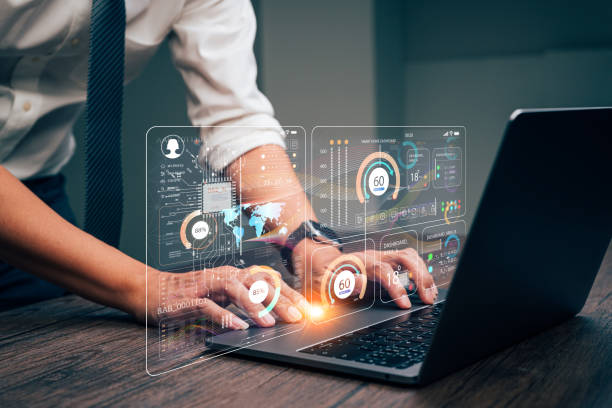
Quality Content and Internal SEO
Content is king! This famous phrase in the world of SEO means that quality and valuable content is the most important factor in attracting organic traffic and gaining high rankings in search results.
Your content should be unique, attractive, relevant to users’ needs, and well structured.
Use keywords naturally in your content, but avoid overusing keywords.
Your main focus should be on providing useful and valuable information to users.
Quality and useful content is one of the basic principles of internal SEO.
Producing valuable and SEO-optimized content can help improve the site’s internal SEO.
Mobile Compatibility – An Important Principle in Internal SEO
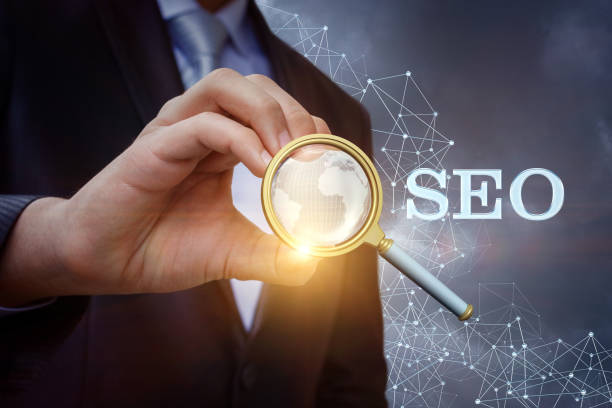
Mobile Compatibility – An Important Principle in Internal SEO
Given the increasing use of mobile phones to search the internet, website compatibility with mobile is of particular importance.
Your website should be designed to display correctly on different devices (mobile, tablet, desktop) and provide a good user experience.
Google gives more points to websites that are compatible with mobile.
Make sure your website is responsive.
Site compatibility with mobile plays an important role in internal SEO.
In recent years, mobile compatibility has become one of the basic principles of internal SEO.
Frequently Asked Questions
| Question | Answer |
|---|---|
| What is a Meta Title and why is it important in internal SEO? | The Meta Title is the most important element of internal SEO that is displayed at the top of the browser tab and in search results. This title helps search engines and users understand the main topic of the page and should include the main keyword. |
| What role does Meta Description play in internal SEO? | The Meta Description is a short summary of the page content that is displayed in search results below the title. Although it does not directly affect ranking, its attractiveness can increase the click-through rate (CTR). |
| How should keywords be used in the content of the page? | Keywords should be used naturally and relevantly in strategic locations such as the title, headings, first paragraph, and body of the text. Avoid excessive keyword stuffing. |
| What is the importance of high-quality and comprehensive content in internal SEO? | High-quality, unique, informative, and comprehensive content that meets the user’s needs is of great importance. Search engines give a higher ranking to content that creates real value. |
| What is the application of heading tags (H1-H6) in the structure of internal SEO? | Heading tags (H1, H2, H3, etc.) are used to structure content and specify the importance of different sections. H1 is the main title of the page and each page should only have one H1. Other tags are used for subheadings. |
| How can we optimize images to improve internal SEO? | To optimize images, use descriptive Alt Text that includes relevant keywords, reduce the image file size without sacrificing quality, and use meaningful and relevant file names. |
| What are the characteristics of a friendly URL for internal SEO? | A friendly URL should be short, readable, descriptive, include the main keywords, and be without extra characters. The URL structure should be hierarchical and logical so that it is understandable for both users and search engines. |
| How does internal linking help internal SEO? | Internal linking, by connecting related pages to each other, helps users and search engine crawlers better understand the site structure, transfer the credibility of pages, and increase the time the user spends on the site. |
| What is the impact of page loading speed on internal SEO? | High loading speed is vital for both user experience and SEO ranking. Slower pages may be ignored by search engines and lead to an increased Bounce Rate. |
| Why is mobile-friendliness so important in internal SEO? | Given the increasing number of searches through mobile devices, having a responsive and mobile-friendly site is essential for user experience and ranking in search results (Google’s mobile-first indexing). |
And other services of Rasa Web advertising agency in the field of advertising
Intelligent Conversion Rate Optimization: A professional solution for analyzing customer behavior with a focus on optimizing key pages.
Intelligent Marketplace: A fast and efficient solution to increase site visits with a focus on intelligent data analysis.
Intelligent UI/UX: An effective tool for user interaction through an SEO-oriented content strategy.
Intelligent Sales Automation: A creative platform to improve customer acquisition with custom programming.
Intelligent Marketplace: A creative platform to improve customer behavior analysis with custom programming.
And more than hundreds of other services in the field of internet advertising, advertising consulting and organizational solutions
Internet Advertising | Advertising Strategy | Advertorial
Resources
What is Internal SEO? Comprehensive On-Page SEO Guide for 2024
,What is Internal SEO? On-Page SEO Training or In-Page SEO
,What is Internal SEO (On-Page SEO) and Why is it Important?
,What is Internal SEO or On-Page SEO? Zero to One Hundred On-Page SEO
? To reach the peaks of success in the digital world, Rasa Web Digital Marketing Agency is by your side by providing services such as modern user interface website design and professional optimization.
📍 Tehran, Mirdamad Street, next to the Central Bank, Southern Kazerun Alley, Ramin Alley No. 6



